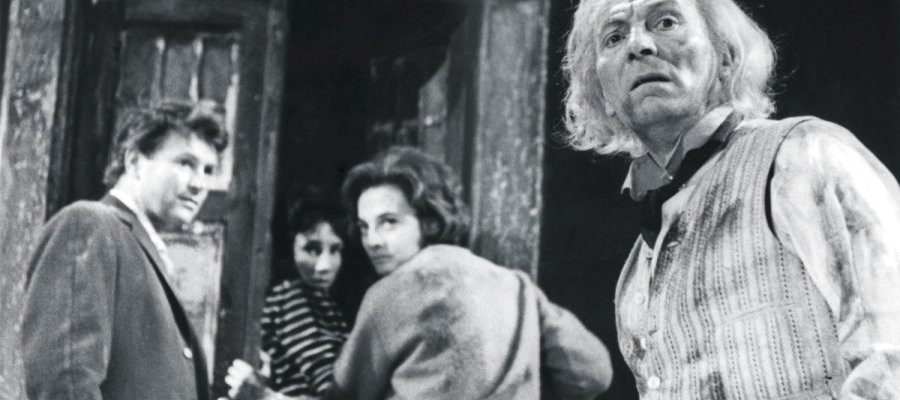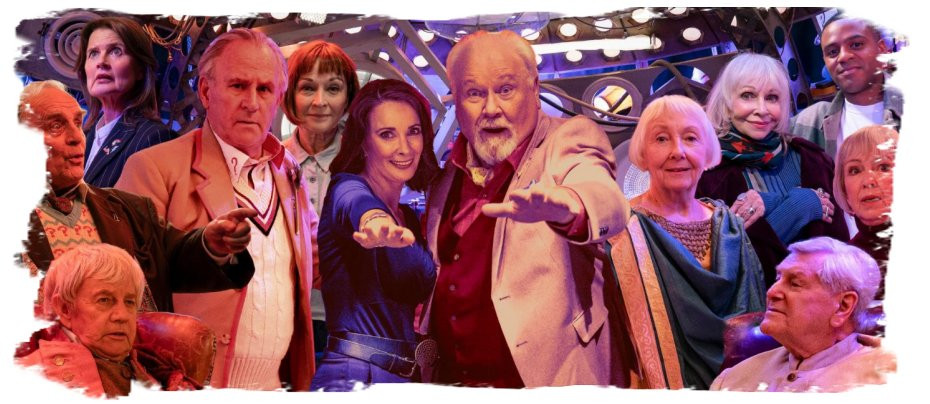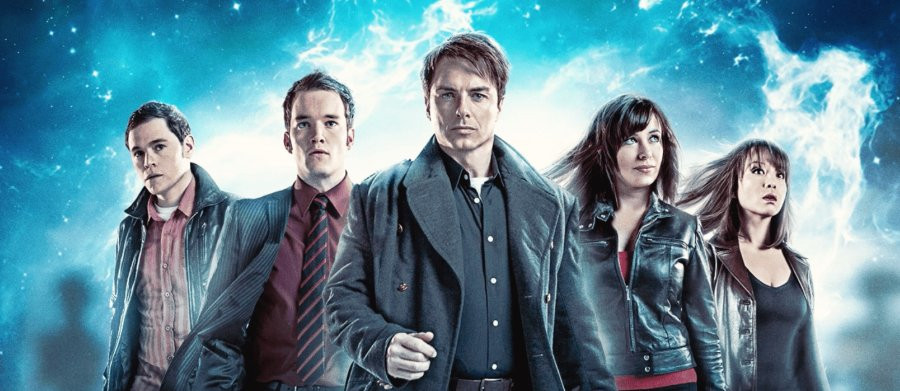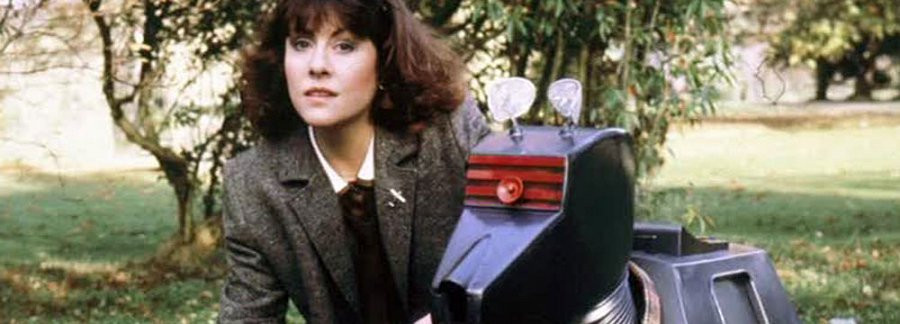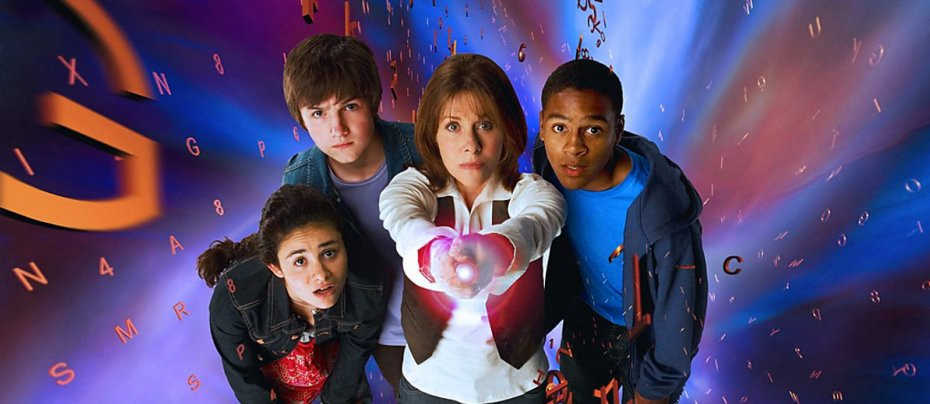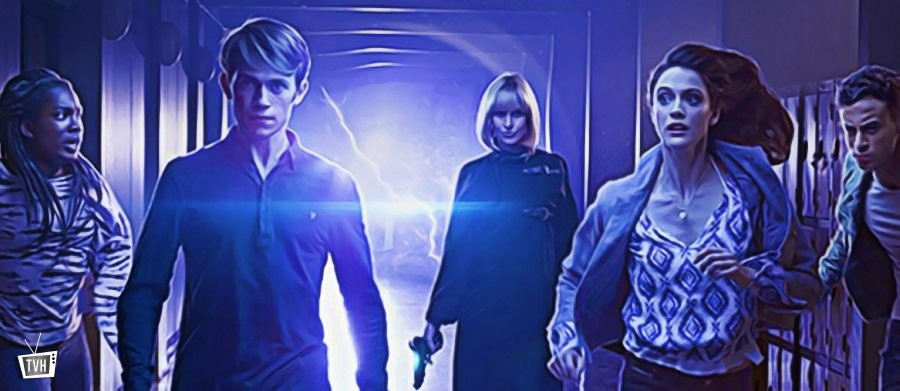The Curse of Fenric
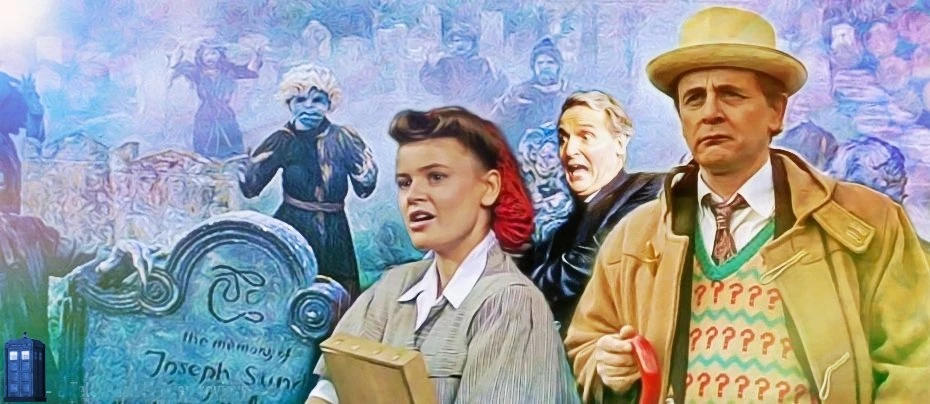
Nine years and three Doctors after Doctor Who first tackled vampiric folklore in State of Decay, the series tried another take on the undead. Having gone to lengths to create an entirely new mythology for the series and a sci-fi explanation for vampires, Doctor Who ditched all of this for a completely different mythology and a different sci-fi explanation.
The Curse of Fenric was broadcast as the penultimate serial of Doctor Who's original run. Originally scheduled as the opening story of the twenty-sixth (and final) season, it was held back to third in the running for a more suitably spooky October airing. Pushing it back in the running actually does the story some favours, given that it culminates some plot threads that had been running since the Doctor picked up Ace in Dragonfire two years earlier. We're not talking heavy serialisation between stories, but there were a few hints along the way that Ace had a very difficult relationship with her family growing up, and more mysteriously, that the Doctor was playing some kind of long game against an unknown enemy. To be honest, a lot of this wouldn't have been clear until it was pointed out in The Curse of Fenric, but there we go.
Ian Briggs, who had written Dragonfire, returned to write Fenric, determined to provide a serious script after what he considered the comedy entry of season twenty-four (given how ridiculous the rest of that season was, this is slightly hard to believe). To his credit, Fenric is one of the most gripping and atmospheric serials in years. It's helped by some strong central performances, extensive location shooting and creepy visual effects. Nicholas Mallett's previous direction on the series, on the notoriously flawed The Trial of a Time Lord in 1986 and the studio-bound Paradise Towers the year after, was a mixed bag at best, but his work is far more effective here. It's helped tremendously by some sharp, choppy editing. Partly due to practical constraints – the filmed material, like many in this period, massively overran – and partly due to stylistic choice, scenes are cut abruptly, leaping from location to location with no filler or transition. Exposition is spoken over atmospheric scenes of the sunken depths of the sea or the relentless march of monsters.
The whole thing is faster, pacier, more exciting than what Doctor Who usually served up. At the time, many critics and fans disliked this, considering it messy and hard-to-follow. It's remarkable how coherent it is though, and the quick-change nature of the scenes means that those plot holes that do exist are easily missed or forgotten. Fenric looks far more like a modern episode of Doctor Who, when it's taken for granted that the audience can keep up with the visual cues of the story, than it does to the other stories of the era. Perhaps because of this, the story has been updated twice for home release: for video in 1991, which added back six minutes of un-broadcast material, and a special edition film edit on DVD in 2003, which incorporated another six minutes in a whole new edit (and comes highly recommended).
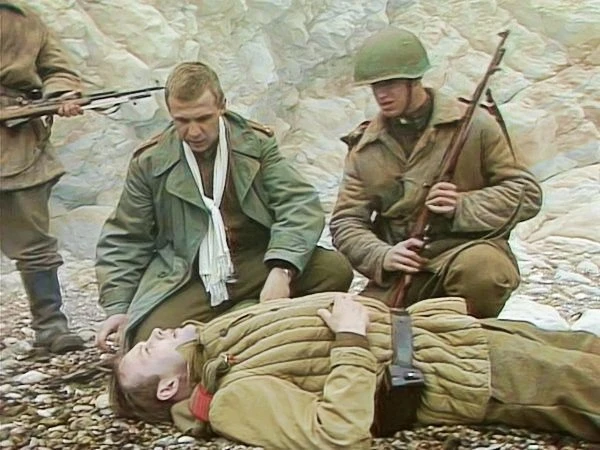
Set in 1943, Fenric is, remarkably, the first time Doctor Who had ever done the Second World War. Brian Hayles had submitted an outline for “Doctor Who and the Nazis” around the time of the fourth season, but this was only about twenty years since the war ended so was considered too close for comfort. The Dalek and their progenitors served as substitute Nazis for years, and when Nazis finally appeared, in 1988's Silver Nemesis, they were very carefully never referred to as that. When Doctor Who finally took the TARDIS back to WWII, the enemy force were... Russians. Certainly, this makes for a more interesting dynamic than the usual demonised Germans, especially as the Soviet Union was an ally of the United Kingdom at the time the story is set. The shadow of the Cold War, looming on the horizon, colours the attitudes of the human villains of the story, Commander Millington and Doctor Judson, who are working from an English base to create Ultima, a code machine like the Enigma or Colossus. They plan to allow the Russians to steal it, having embedded a weapon of mass destruction within.
However, the wartime strategies and politics are a mere game being played by a far more powerful force: the eponymous Fenric, a distortion of Fenris or Fenrir, the great wolf that will end the world in the Norse apocalypse Ragnarök. Fenric is, in this imagining, a powerful but disembodied force of evil from the very dawn of time, a remnant from the creation of the universe itself. The Doctor has allegedly been fighting him for centuries, having once imprisoned him in a flask, and has sensed his influence on events in recent years as he moved his pieces around the cosmic chessboard. Bizarrely, all references to Ragnarök itself were removed to prevent confusion with the Gods of Ragnarök, the villains of the previous season's The Greatest Show in the Galaxy. Another group of cosmic beings the Doctor had been battling “all through time,” you'd think the writers would be dying to make a link between them.
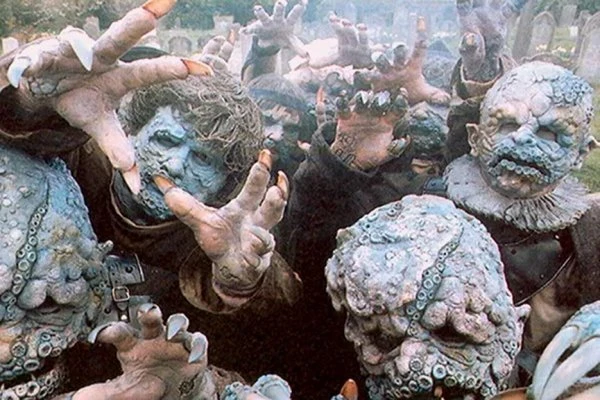
Fenric has been manipulating events through his “wolves,” the descendants of Viking invaders who came to the north of England centuries ago carrying the flask. These descendants, who include Judson, the Soviet commander Sorin, and Ace, are all subject to his influence. The flask was followed from its early home in Transylvania by Haemovores, Fenric's foot soldiers. Described as a future evolution of humanity, having adapted to “half a million years of industrial progress” and pollution, the Haemovores are both a new updating of the vampire concept and a cautionary tale for our abuse of the Earth. They're also a brilliant and unique vampire design. While those initially turned into Haemovores look quite like the traditional image of the vampire, with pale skin, long claws and fangs, this is only the first stage as they develop into the true form, which has pallid blue flesh covered in octopus-like suckers. We see Haemovores in various stages of transformation, in increasingly earlier historical clothing as their forms have mutated further. The most advanced is the Ancient One, Ingiger, who was the last living thing on the future Earth before being dragged back in time by Fenric to act as his number one monster.
It's a fascinating combination of wartime espionage thriller, sci-fi horror and environmental warning, as the final utilisation of the Ultima machine will release toxins into the atmosphere and oceans that will seal the Earth's fate as a polluted wasteland. (This is actually rather unclear in the script, since it both seems to be the final fate of the world after thousands of years and the result of an imminent apocalypse.) Either way, it seems to be that Fenric's plan is for his wolves to bring about the destruction of 1940s Earth as part of his final humiliation of the Doctor, and generally causing as much evil and mayhem as possible.
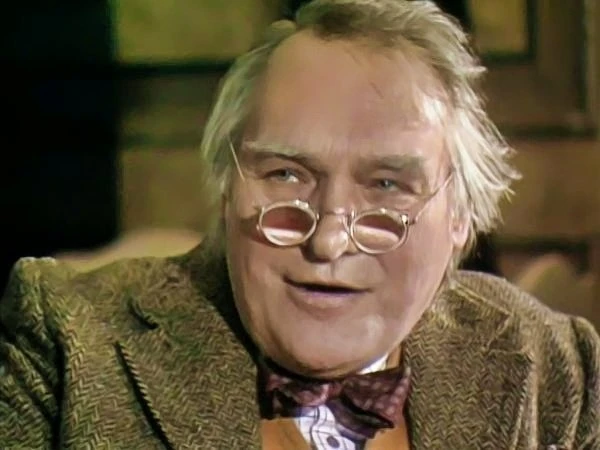
There are some excellent performances by the guest cast that help make this serial such a success. Dinsdale Landen steals every scene as the snappish Doctor Judson, the wheelchair-bound genius who owes a certain debt to unflattering characterisations of Alan Turing. Lansden, a veteran character actor known for Devenish, Pig in the Middle and Theatre Night, sells Judson's bottled-up anger at his condition brilliantly. He has wonderfully uncomfortable chemistry with his belittling nurse (Anne Reid, dinnerladies, Bleak House) and the genocidal Commander Millington. Played by Alfred Lynch, Millington's a fascinating character, who operates from a mock-up of Hitler's office to better know his enemy and seems to be the only person other than the Doctor who's aware of Fenric's existence. Lynch (The Krays, Manhunt) gives a slightly odd but formidable performance as Millington, who has a long past with Judson (it's implied that he was responsible for whatever accident put the scientist in the chair, and possibly that there's a more intimate past between them).
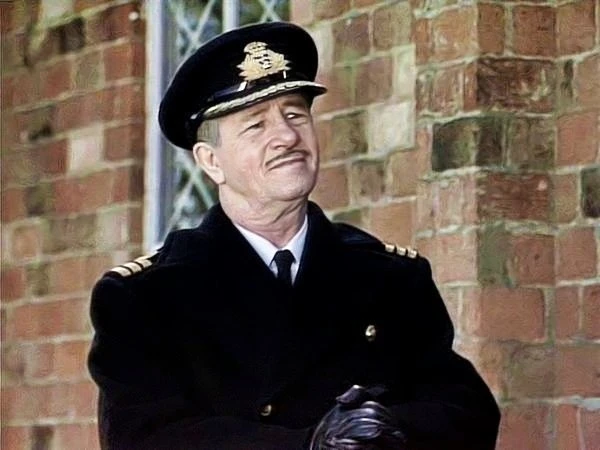
The big surprise is Nicholas Parsons as Reverend Wainright. Forever recognised for gameshows such as Just a Minute and Sale of the Century and known mainly for lightweight performances when he did act, Parsons is actually excellent as the mild but troubled priest, his faith damaged by the endless crimes of the World War. Also strong is Tomek Bork (Piece of Cake, Crime Story) as the Russian Captain Soren. Both he and Lansden put in distinctly different but recognisable performances once they are possessed by Fenric.
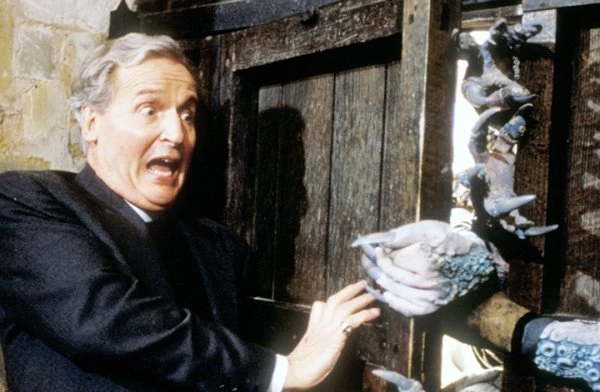
That's not to ignore the regulars though. McCoy works better than in ever as the Doctor in this story, the foreboding atmosphere and twisting plot suiting his quiet, quizzical Doctor. Granted permission to keep his location-shoot duffel coat on for the filming itself, which does wonders to make his costume work better, he cuts an incongruous figure marching into classified areas and acting as if he owns the place. He has a lot of wonderful moments: signing two documents with forged signatures using both hands at once; cooing over a baby; dropping a brick on his foot. It's the mix of physical comedy, endearing behaviour and cleverness that made McCoy's Doctor work. Underneath this though, is a darker, more serious attitude, as the Doctor faces a serious enemy.
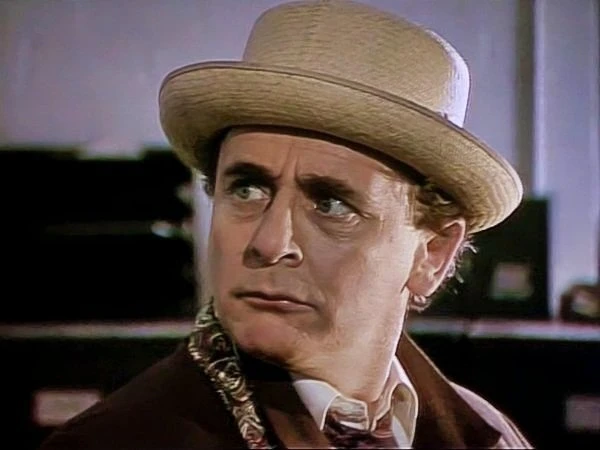
Ace had been one of the best-served companions in the series' history, with the character being as active and important to the story as the Doctor. Sophie Aldred was perhaps a bit too posh to convince as a delinquent kid from a working-class background, and far too old to convince as a sixteen-year-old. (Then again, having actors who were pushing thirty pretending to be vampire-fighting teenagers never did Buffy any harm.) Fenric formed part of a loose trilogy of stories about Ace growing up, taking responsibility for her actions and embracing her sexuality – albeit in a very chaste, teatime-telly appropriate way. You can't do a Dracula-inspired story without at least a bit of a sexual undertone but being so constrained by the children's TV format neutered this. Ace's cringeworthy chat-up lines as she attempts to divert a guard's attention have to go down in history as some of the worst “sexy” dialogue in history. She had a lot more chemistry with the girls in Ghost Light and Survival, the stories either side, in any case.
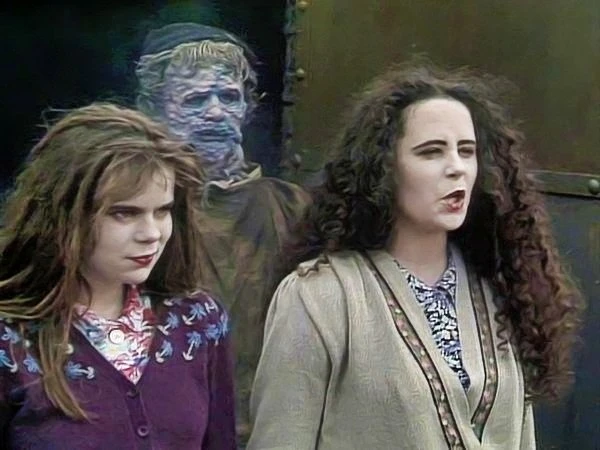
Still, the “dangerous undercurrents” at Maiden's Point – clearly a notorious hook-up spot – are a running theme. Venomous old spinster Miss Hardaker (Janet Henfrey – The Singing Detective, As Time Goes By) has clearly never recovered from the stain on her character from an undisclosed encounter there, and she angrily forbids her wards, the evacuees Phyllis and Jean, from going there. Sure enough, they're caught and transformed by the Haemovores, but they also come back and destroy Miss Hardaker. Not really sure what the moral is meant to be there. The evacuees (Joann Kenny and Joanne Bell, both of Grange Hill) come across as two kids trying to be older, and while their siren-like seduction of soldiers once they've transformed is only slightly more believable than Ace's, they're pretty good in their roles. Ace shares some good chemistry with them, but not nearly as much as her easy friendship with Kathleen Dudman, a radio operator at the base. Kathleen, played with great sympathy and believability by Cory Pullman (A Small Problem, Coronation Street) is illegally living with her baby Audrey on the base, adding an extra current of danger.
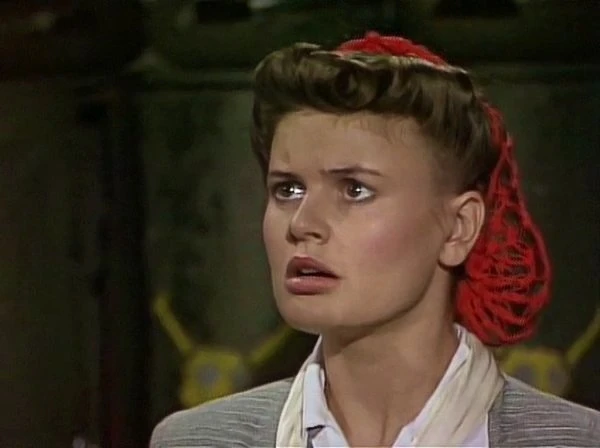
The fourth and final episode of Fenric brings the story to a mighty crescendo as the various plotlines converge. Fenric's use of the Haemovores as his soldiers has one major weakness, since they are repelled by the psychic force of faith. It's another clever twist on vampire lore. Wainright's cross fails to hold them back because he has lost his faith, but Soren's belief in the Russian Revolution and the Doctor's own quiet belief in his companions are enough to repel the creatures. It's Ace's faith that is key to the story though. Her world is shaken when Fenric reveals how he's manipulated her from the beginning, putting her into the Doctor's hands, and that she is one of his wolves. Little Audrey Dudman turns out to be Ace's mother, shocking and confusing the girl and threatening to unravel her feelings. She retains her faith in the Doctor, though, preventing the Ancient One from engaging them. The Doctor, having manipulated the Haemovore to turn against Fenric, unleashes a barrage of verbal abuse on Ace to break her faith in him, allowing the monster to destroy Fenric (or at least, his current vessel) and itself. It's a powerful scene, and one that sees McCoy's Doctor at his most sinister and manipulative.
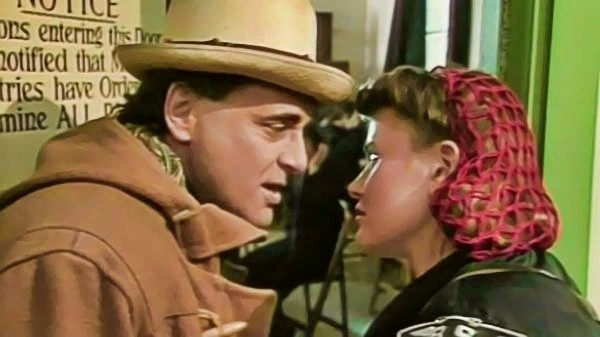
Arriving at the end of the original series of Doctor Who, Fenric's influence was cut short. It's easy to imagine Fenric or the Haemovores returning in future episodes had the series continued. As it was, it failed to have a major impact on the franchise's mythos, unlike the vampire stories of State of Decay, although Fenric has made the occasional appearance in the spin-off media. When Doctor Who has returned to vampire lore, though, it's completely ignored the Haemovores. In 2007, the revived series tackled vampires again in Smith and Jones starring David Tennant. Anne Reid returned to the programme playing a similarly named Plasmavore, a blood-sucking alien in the form of a middle-aged woman. Three years later, Matt Smith had his own brush with bloodsuckers in The Vampires of Venice, although these vampires were a race of extra-terrestrial fish-creatures, because that's the sort of thing that happens in Doctor Who. The closest we got to the Haemovores in principle was the monstrous Dregs from the ham-fisted environmental parable Orphan 55, a 2020 episode starring Jodie Whittaker, which proposed a different horrific evolution for humanity on a ruined future Earth.
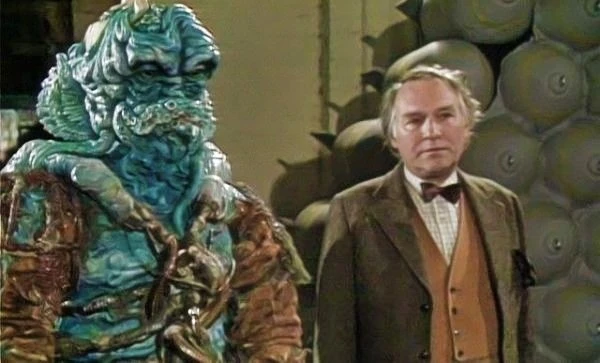
However, the image of the Seventh Doctor as a figure who will manipulate his companions and enemies alike is one that coloured his character in Doctor Who's spin-off novel line The New Adventures. This emotionally manipulative Doctor, outwardly innocuous but genuinely dangerous, has strong echoes in the writing and performance of Matt Smith's Eleventh Doctor from 2010 to 2013. The Curse of Fenric is one of the best serials in the final years of Doctor Who and a showcase for McCoy's take on the lead character.
Review by Daniel Tessier


